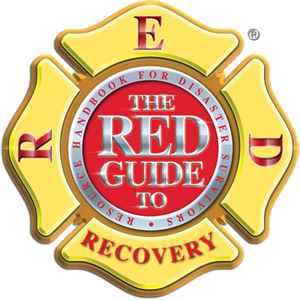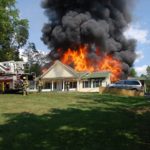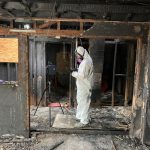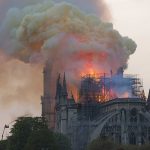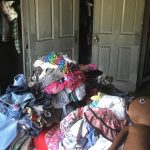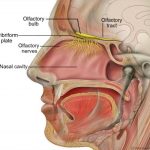Download these articles and more from our free toolbox!
Our research papers on the toxicity of structure fire smoke, and why toxic and combustible byproducts of any structure affected by fire or smoke can last for years, is essential for fire survivors. Many smoke cleaning and deodorization processes are no guarantee of complete air sanitation, but the more you know about smoke and fire toxins, the better equipped you are to help keep your home and family safe.
Addressing Toxic Smoke Particulates in Fire Restoration
In the restoration industry today, a lot of attention is given to the testing and abatement of microscopic hazardous materials. These include asbestos, lead, mold, bacteria, bloodborne pathogens, and all sorts of bio-hazards fall into this category. If these contaminants are disturbed, treated, or handled improperly, all of them can cause property damage and serious harm to the health…
Read MoreCHANGE » | Free Tools »
Dioxins–The Most Hazardous Substance in Structure Fire Environments
In the fire restoration industry today, very little attention is given to the toxicity of volatile organic compounds (VOC’s), heavy metals, or the composition of particulate matter and smoke residues. Tens of thousands of toxic chemicals, gases, acids, and hazardous substances are created in structure fire settings. Most concerns regarding toxic or hazardous substances are focused primarily on…
Read More about Dioxins–The Most Hazardous Substance in Structure Fire Environments » | Free Tools »
Lead Contamination in Structure Fires
On April 15, 2019, fire broke out beneath the roof of the Notre-Dame de Paris Cathedral in Paris. Over 400 firefighters fought the blaze, which grew uncontrollably and consumed approximately two thirds of the roof structure, including the 300-foot wooden spire. The spire ultimately crashed through the roof, bringing down with it stone, stained glass windows, and…
Read More about Lead Contamination in Structure Fires » | Free Tools »
Restoring Smoke Damaged Textiles–What Does Clean Mean?
During a structure fire, toxic smoke, volatile organic compounds (VOCs), and particulate matter are generated from the vast array of building materials, contents, and household products that combust. These chemicals mix and interact with each other to create a vast array of carcinogens, poisonous gasses, acids, and other toxins that can cause acute and chronic illnesses, cancer…
Read More about Restoring Smoke Damaged Textiles–What Does Clean Mean? » | Free Tools »
What Do You Mean You Still Smell Smoke?!
During a structure fire, heat and pressurized smoke can permeate the air, infiltrate walls, ceiling cavities, and attic spaces, and find its way anywhere air can travel. After the fire is extinguished, porous materials begin the process of off-gassing and releasing volatile organic compounds (VOC’s). These odors can last for years if the affected materials are not properly…
Read More about What Do You Mean You Still Smell Smoke?! » | Free Tools »
